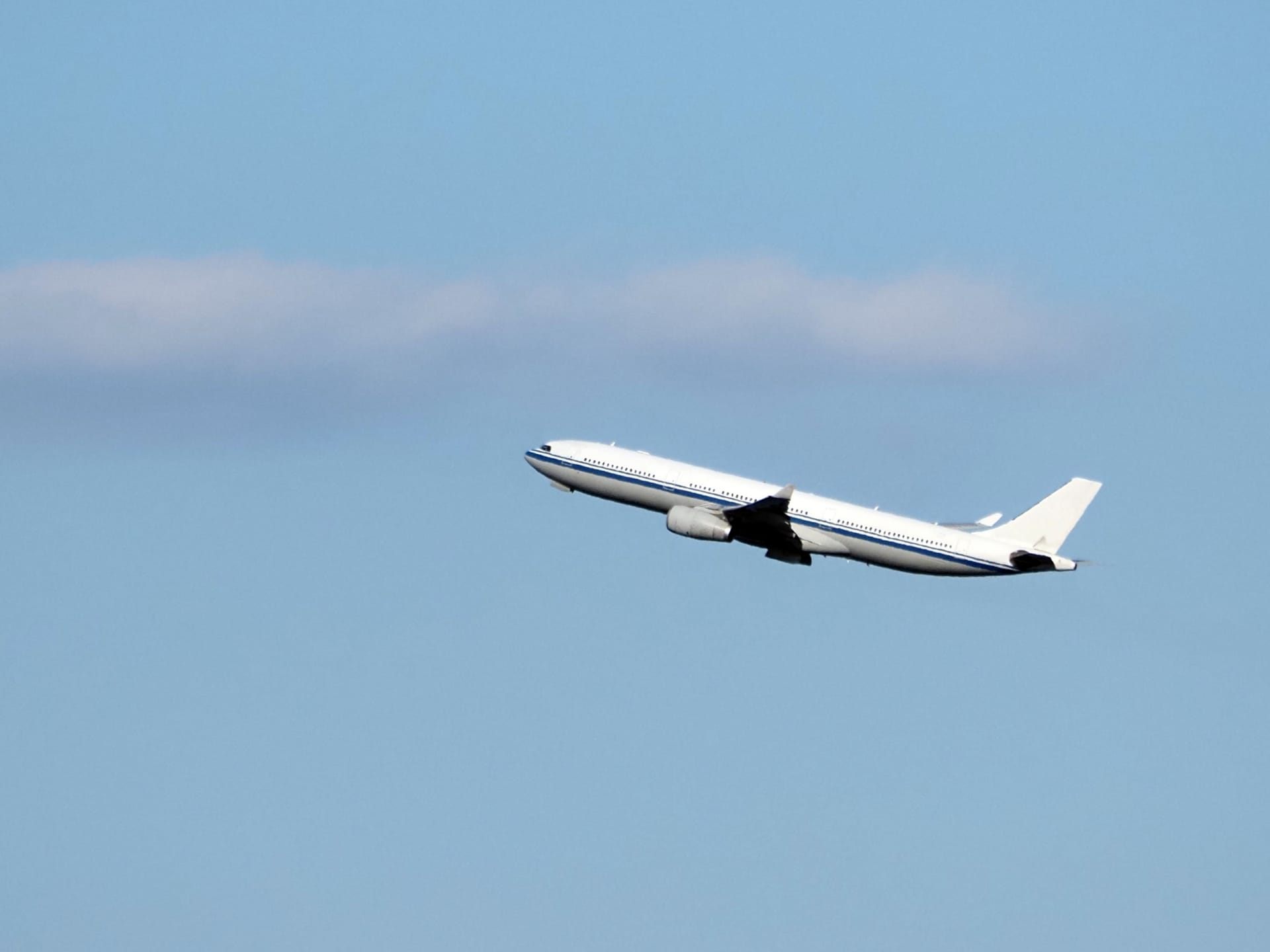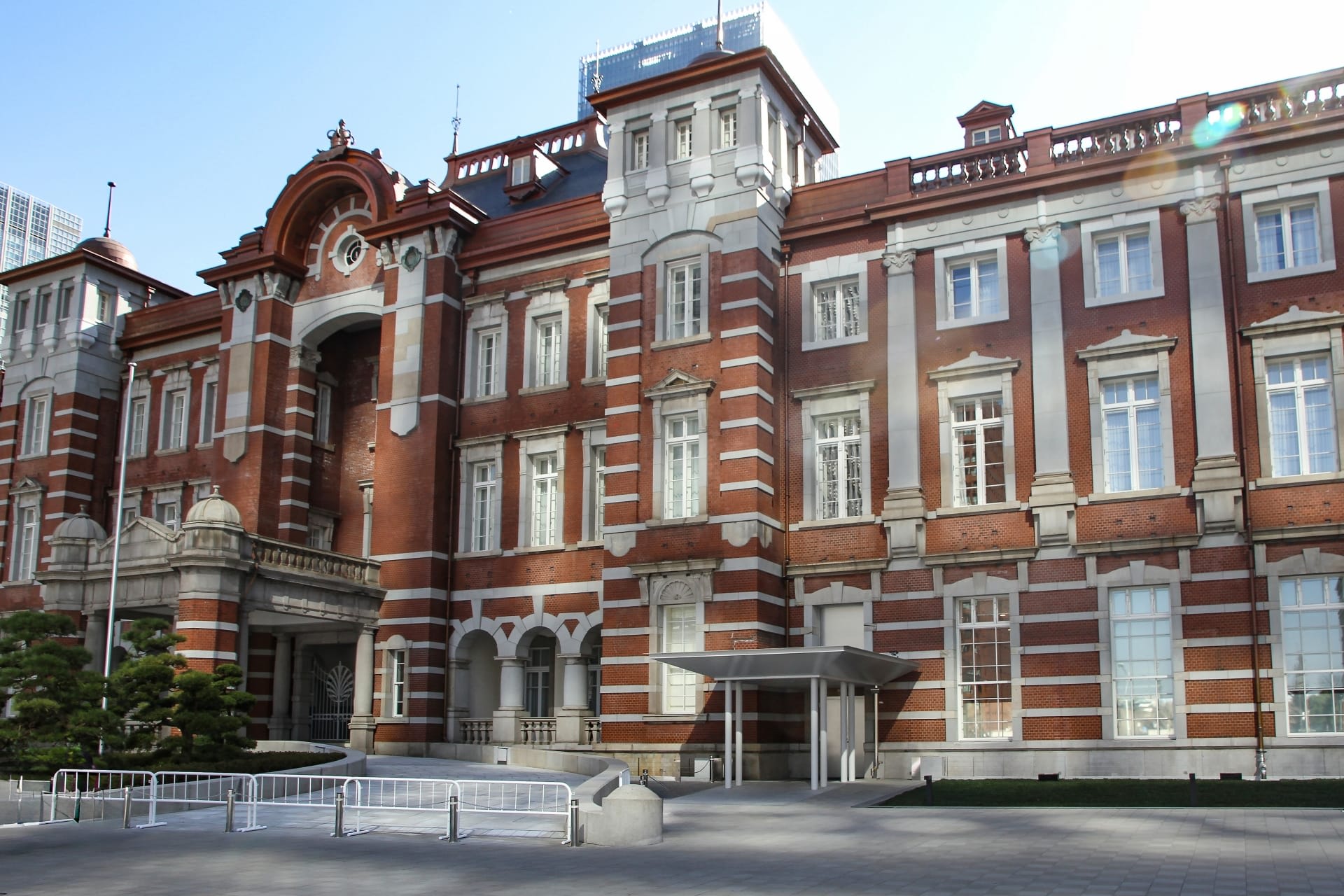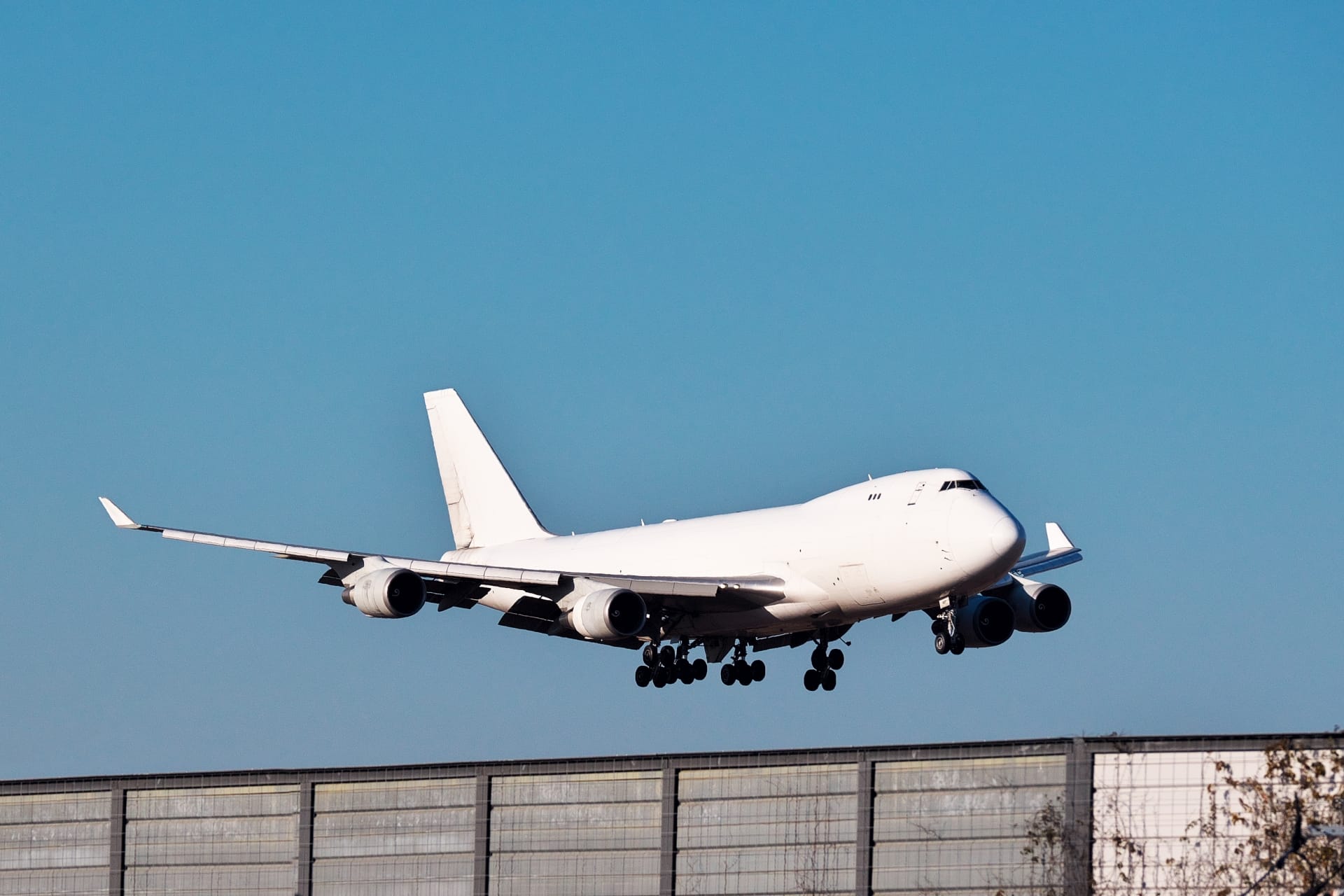Complete Guide to Haneda Airport: Tokyo's Gateway to Japan
Haneda Airport serves as Tokyo's gateway, providing convenient access and comprehensive services for both domestic and international travelers.
Located close to the city center and handling both international and domestic flights, this airport is a crucial transportation hub that we Japanese frequently use. It boasts an excellent selection of Japanese restaurants and souvenir shops, with facilities that are highly regarded worldwide.
However, during tourist seasons and holiday periods, it can get unexpectedly crowded, potentially leading to longer check-in and security screening times. Nevertheless, its clean and efficient operations are a quintessentially Japanese feature, making it an excellent starting point for your adventure in Japan.
In this article, I'll share information about Haneda Airport.
Table of Contents
・What is Haneda Airport? Check the Basic Information
・Facilities and Services at Haneda Airport
・Tourist Spots Easily Accessible from Haneda Airport
・Access to Haneda Airport
・Frequently Asked Questions
What is Haneda Airport? Check the Basic Information
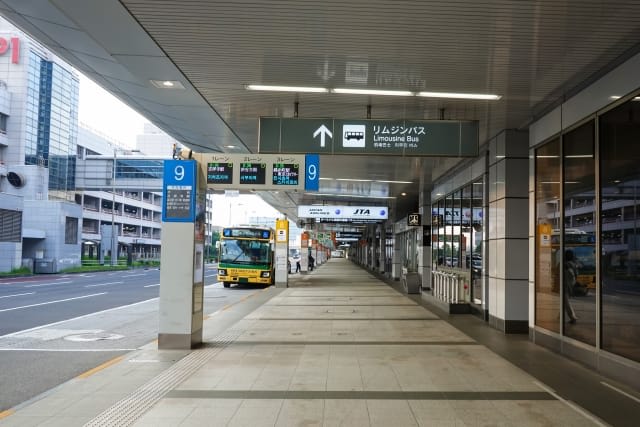
Haneda Airport is one of Japan's largest international airports, located about 14 kilometers from central Tokyo. We Japanese frequently use this airport for travel and business, and it's beloved by both domestic and international travelers for its high convenience.
Situated in Ota Ward, Tokyo, it operates both domestic and international flights, with its proximity to the city center being a notable feature. It consistently ranks among the world's top airports, with its cleanliness and efficient services highly appreciated by travelers worldwide.
The airport features various lounges for comfortable long waits, as well as directly connected hotels and extensive shopping areas. The international terminal, in particular, has an atmosphere reminiscent of a shopping mall, adding excitement to the beginning or end of your journey.
I personally use it several times a year for business trips and travel, and I can say that its service quality and user-friendliness are remarkable compared to other international airports. It's a place where you can experience the Japanese spirit of "omotenashi" (hospitality).
Facilities and Services at Haneda Airport
Haneda Airport is not just a transportation hub; it's a complex facility with comprehensive amenities and services. Both international and domestic terminals are equipped with various facilities for shopping, dining, and relaxation, allowing you to spend comfortable time before and after your flight.
What I particularly like is the abundance of facilities where you can experience Japanese culture and cuisine, making it the first place for foreign travelers to encounter Japan's charm.
Shopping & Duty-Free Stores
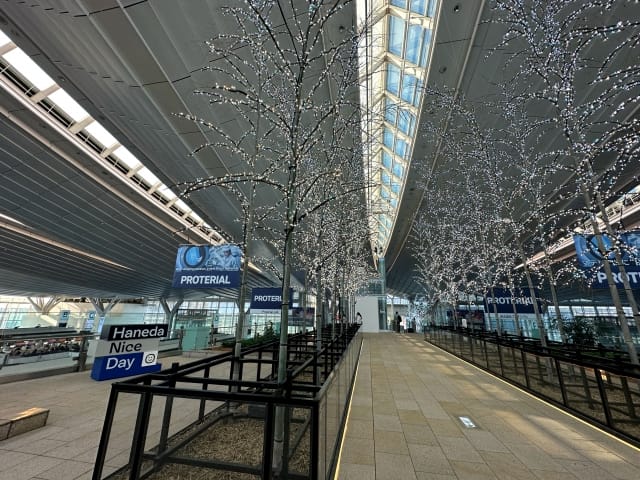
The shopping areas at Haneda Airport are filled with Japan-exclusive cosmetics, sweets, traditional crafts, and other souvenirs, making it an ideal place to pick up distinctly Japanese items. I always get souvenirs for my overseas friends here.
Popular Japanese brands like Uniqlo also have stores, allowing you to easily purchase Japanese fashion. There are also numerous high-end brand duty-free shops, where you can sometimes buy items cheaper than international prices, making it perfect for pre-departure shopping.
24-hour convenience stores are available, allowing you to get necessities even during late-night or early-morning arrivals. Particularly convenient are the smartphone SIM card sales outlets, enabling you to set up your internet environment immediately upon arrival in Japan. My foreign friends have expressed how helpful this is.
Restaurants & Cafes
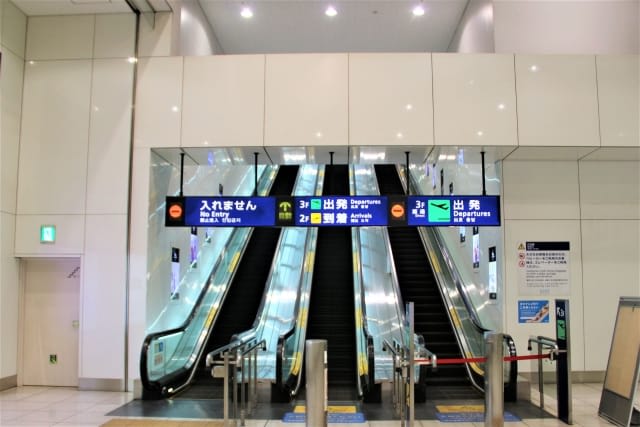
The dining facilities at Haneda Airport are particularly rich in Japanese restaurants, where you can enjoy authentic sushi, ramen, tempura, and more. My favorite is "Edo Koji" on the 4th floor of the international terminal, where you can savor various Japanese dishes in a space that recreates the townscape of the Edo period.
Of course, there are also numerous cafes like Starbucks, where you can leisurely enjoy coffee before or after long flights.
For those visiting Japan for the first time, I recommend having your first Japanese meal experience here. You'll be surprised by the high quality that you wouldn't expect from airport restaurants. Trying Japanese breakfast is also a good experience.
Lounges & Hotels
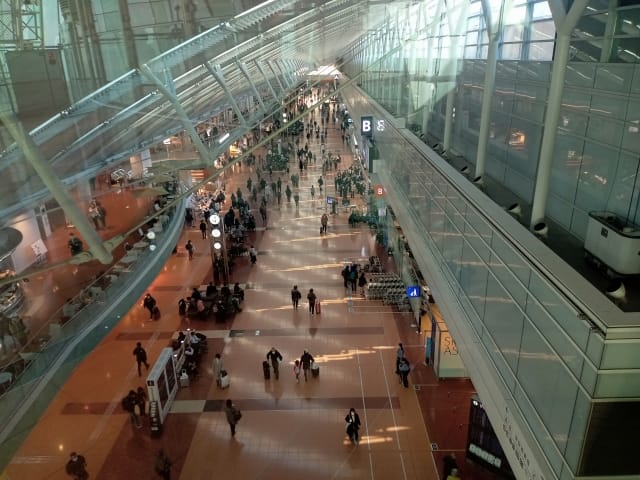
The lounges at Haneda Airport are ideal places to relieve the fatigue of long journeys. Lounges operated by airlines like JAL and ANA offer comfortable seating, free drinks and snacks, and Wi-Fi services, allowing you to spend your waiting time comfortably. When I use the airport for business trips, I always work or relax in these lounges.
There are also multiple paid lounges that can be used with credit card perks, some of which you can access for free if you have specific cards. Airport lounge programs like Priority Pass are also available.
The directly connected "Haneda Excel Hotel Tokyu" is extremely convenient when using early morning or late-night flights. I've used it myself for layovers, and I was impressed by its quiet and comfortable environment that you wouldn't expect to find inside an airport. The capsule hotel "First Cabin," which allows short-term stays, is also ideal for transit or naps.
Tourist Spots Easily Accessible from Haneda Airport
One of the biggest attractions of Haneda Airport is its excellent access to central Tokyo and popular tourist destinations. In Japan, with its well-developed public transportation system, you can efficiently move from the airport to various destinations.
Not only the city center but also many day-trip destinations allow you to experience various charms of Japan even with limited stay time.
Spots Near Tokyo
From Haneda Airport, you can access major tourist spots in Tokyo within 30 minutes to an hour by train or monorail. Here are some popular spots I often guide people to.
Asakusa
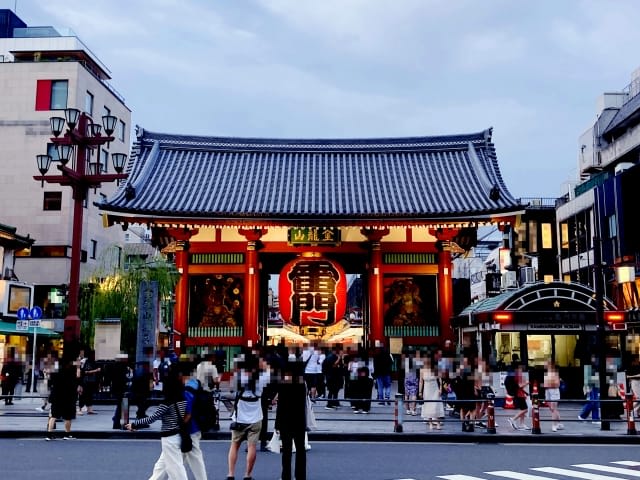
Asakusa is a popular tourist destination where you can feel Japan's traditional culture. The first place to visit is Kaminarimon Gate, with its impressive giant red lantern. Passing through this gate, you'll find Nakamise Street leading to Sensoji Temple, which has a history dating back to the Edo period.
This street is lined with over 100 shops where you can purchase various souvenirs such as Japanese sweets and traditional crafts. I particularly like ningyo-yaki and senbei, and I always have my friends try them when I guide them.
From the observation deck of the Asakusa Culture Tourist Information Center, you can get a panoramic view of Tokyo Skytree, perfect for enjoying the urban landscape. Also, taking a Sumida River cruise allows you to enjoy Tokyo's scenery from the river. The views are especially spectacular during cherry blossom season in spring and fireworks festivals in summer.
Access: Haneda Airport → Asakusa Station via Keikyu Line (no transfer, about 40 minutes)
Shibuya
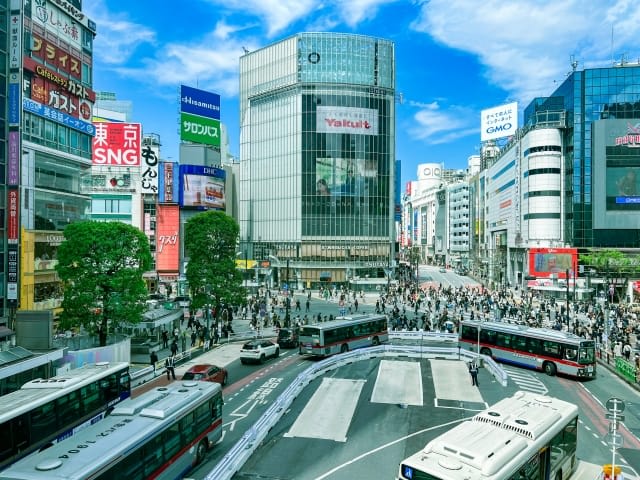
Shibuya is the center of Tokyo's youth culture and an ideal place to experience its vibrant and modern atmosphere. The world-famous Scramble Crossing is an iconic Tokyo sight that you should experience at least once. When the traffic light turns green, people start crossing the intersection from all directions, and the wave of people is impressive. Even after seeing it many times, I'm still amazed by its scale and orderliness.
The statue of Hachiko, the loyal dog, is famous as a meeting spot at Shibuya Station, and many people take commemorative photos there. Knowing Hachiko's touching story will give you a deeper understanding of the statue's significance.
The recently opened MIYASHITA PARK is a new spot where trendy shops and restaurants gather. There's also a park on the rooftop where you can enjoy greenery in the middle of the city. From the observation deck of Shibuya Sky, you can enjoy a magnificent panoramic view of Tokyo, especially beautiful from dusk to night.
In Shibuya Center Street, you can witness the latest Japanese fashion trends. It's lined with boutiques and cafes for young people, allowing you to experience Tokyo's vibrant urban culture. I highly recommend this area for those who want to experience Japan's cutting-edge pop culture.
Access: Haneda Airport → Shinagawa via Keikyu Line → Shibuya Station via JR Yamanote Line (about 40 minutes)
Ginza

Ginza is Japan's premier high-end shopping district, a place where you can experience a sophisticated atmosphere. Chuo Street is lined with world-class luxury brand shops, and their luxurious storefronts are enjoyable just to look at. I think it's a special experience just to stroll through this area, even without shopping.
The Wako clock tower is an iconic symbol of Ginza, where many tourists take commemorative photos. This clock tower has over 100 years of history.
At Kabukiza Theatre, you can watch kabuki, a traditional Japanese performing art. There are tablet explanations for foreigners, so you can fully enjoy it even if you don't understand the language. Even on days without performances, you can visit the exhibitions and souvenir shops inside the building.
Ginza also has many long-established Japanese confectionery shops where you can taste uniquely Japanese sweets. My favorite is the seasonal namagashi (fresh confectionery) from "Suzuya," whose delicate beauty and refined sweetness convey the excellence of Japanese confectionery culture.
While there's an image of many high-end stores, there are actually many shops where you can enjoy at reasonable prices, and there are numerous restaurants where you can enjoy Japanese cuisine relatively inexpensively during lunchtime.
Access: Haneda Airport → Shinbashi via Keikyu Line → Ginza Station via Tokyo Metro Ginza Line (about 35 minutes)
Akihabara
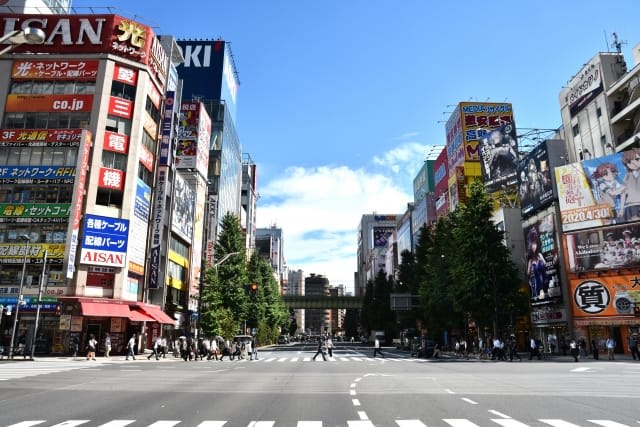
Akihabara is world-famous as the center of Japanese otaku culture and technology. Known as the "Electric Town," this area allows you to purchase the latest home appliances and gadgets. From large electronics stores to small specialty shops, it's the perfect place to find electronic devices that are only available in Japan.
A characteristic experience in Akihabara is the maid cafes. In these cafes, staff dressed in maid costumes provide service while calling customers "Master" or "Mistress." It's popular among many foreign tourists as a place to experience unique Japanese pop culture.
Shops like Animate and Gamers offer a wide range of anime and manga-related goods. It's like heaven for Japanese anime fans, where you can find limited edition items and character goods. Some of my overseas friends even visit Japan just to shop in this area.
Access: Haneda Airport → Hamamatsucho via Keikyu Line → Akihabara Station via JR Yamanote Line (about 40 minutes)
Odaiba
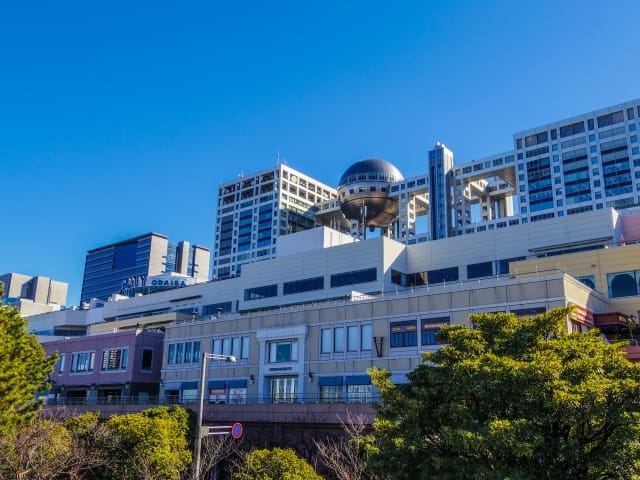
Odaiba is an area with a futuristic atmosphere on an artificial island facing Tokyo Bay, a place where entertainment, shopping, and technology converge.
teamLab Planets is an experiential museum where digital art and physical space merge, allowing you to enjoy fantastical and immersive spaces. Many works use water and light, and photography is allowed, making it a popular spot for social media posts.
From the coast of Odaiba, you can enjoy beautiful views of a replica of the Statue of Liberty and Rainbow Bridge. The scenery is especially magical from dusk to night, offering a glimpse of Tokyo's romantic side. I've visited with friends several times, and I'm moved by its beauty every time.
For anime fans, the life-sized Gundam statue is a must-see. Regular light-up and moving shows are held, allowing you to see its impressive figure up close. Even if you're not a Gundam fan, you'll be amazed by its size and intricacy.
Access: Haneda Airport → Tennozu Isle via Tokyo Monorail → Tokyo Teleport Station via Rinkai Line (about 30 minutes)
Recommended Spots for Day Trips
From Haneda Airport, you can reach not only areas near Tokyo but also numerous day trip destinations within 1-2 hours by train. Even with limited stay time, you can experience aspects of Japan different from Tokyo by visiting these regions, allowing you to experience more diverse facets of Japan.
The following spots, in particular, have good transportation connections and can be thoroughly enjoyed even in a day.
Yokohama
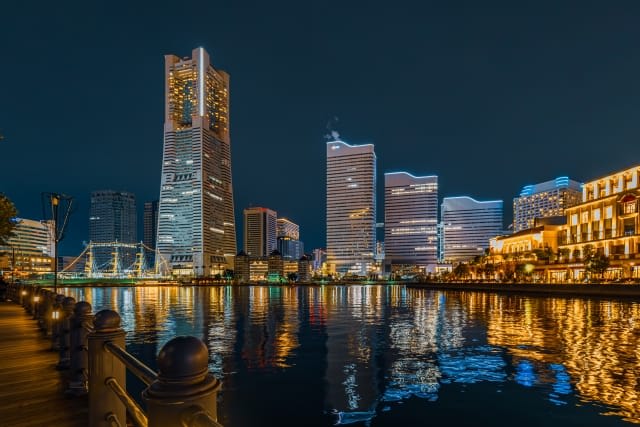
Yokohama is a city just about 30 minutes from Tokyo by train, yet it offers an open port town atmosphere that's part of its charm. It's also easily accessible from Haneda Airport and is recommended for day trips.
The Minato Mirai area is a representative tourist spot in Yokohama, especially known for its beautiful night view. From the Cosmo Clock, a large Ferris wheel, you can get a panoramic view of Yokohama Port and Yokohama Bay Bridge.
Yokohama Chinatown is the largest Chinatown in East Asia, with about 600 Chinese restaurants and shops gathered. Not only can you enjoy authentic Chinese cuisine, but the colorful Chinese-style buildings and gates are also worth seeing. My favorite is xiaolongbao (soup dumplings), and it's fun to compare the different versions from each shop.
The Red Brick Warehouse is a shopping and cultural facility renovated from warehouses built in the Meiji era, lined with stylish shops and cafes. It's a spot characteristic of Yokohama where you can enjoy shopping while feeling the atmosphere of a historical building.
Access: Haneda Airport → Yokohama Station via Keikyu Line (about 30 minutes)
Mount Fuji Area
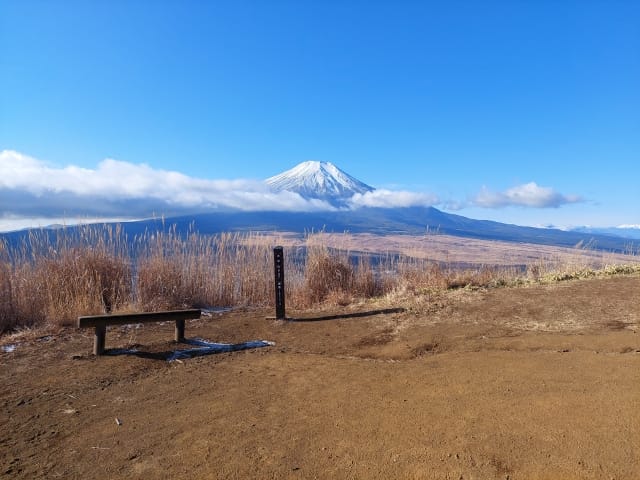
Mount Fuji is world-famous as a symbol of Japan, and many travelers visit to see it. Although it's a bit far from Haneda Airport, it's still possible to visit on a day trip.
Lake Kawaguchi is one of the Fuji Five Lakes, offering a spectacular view of Mount Fuji from its shores. There are various tourist spots around the lake, including art museums, museums, and sightseeing boats. I particularly like "Oishi Park" on the lakeshore, which is a beautiful photo spot with seasonal flowers contrasting with Mount Fuji.
You can travel to the 5th station of Mount Fuji by tourist bus, experiencing the grandeur of Mount Fuji from an altitude of about 2,300 meters. During the climbing season (July to early September), you can aim for the summit from here, but summit climbing in a day trip is physically challenging, so I recommend enjoying the view from the 5th station. The view on clear days is especially magnificent, and sometimes you can see a sea of clouds.
There are numerous hot spring resorts in this area where you can soak in the bath and relax after a day of sightseeing. Open-air baths with views of Mount Fuji are particularly popular and are ideal for experiencing Japanese hot spring culture.
Access: Haneda Airport → Shinagawa via Keikyu Line → Otsuki via JR Chuo Line → Kawaguchiko Station via Fuji Kyuko Line (about 2 hours 30 minutes) From Shinjuku, you can go directly by Fuji Kyuko or bus
Hakone (Hot Springs, Owakudani, Hakone Open-Air Museum)
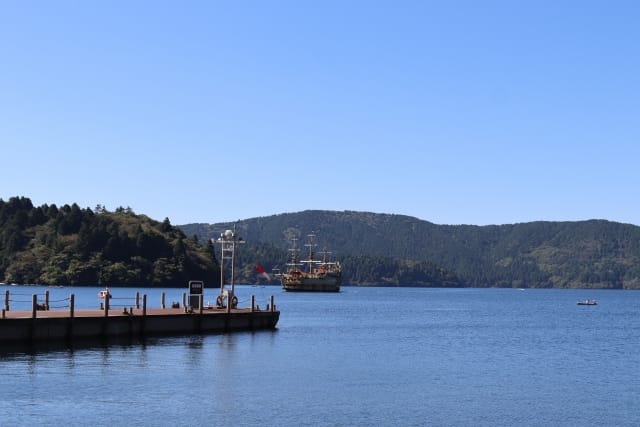
Hakone is a popular hot spring resort area about 90 minutes from Tokyo, offering diverse attractions including nature, hot springs, culture, and history.
Hakone-Yumoto is the gateway to Hakone, with a hot spring town lined with long-established ryokans dating back to the Edo period. This area has numerous hot spring facilities where you can enjoy various types of spring water. Many facilities offer day-trip bathing, so you can experience Hakone's hot springs even without staying overnight.
Owakudani is a valley created by active volcanic activity, with white steam still rising from various places. The specialty here is "black eggs," which are eggs with shells that turn black when boiled in hot spring water. There's a saying that eating one extends your life by seven years, making it popular among tourists. It's a staple treat that I always eat, expecting its unique flavor and rumored benefits.
Lake Ashi is a volcanic lake located in the center of Hakone, where you can enjoy the surrounding scenery from sightseeing boats modeled after pirate ships. On clear days, you can see Mount Fuji, and the scenery changes with each season, which is also attractive. The autumn foliage season is especially beautiful, with the area around the lake turning colorful.
Hakone is an attractive area with the beauty of nature in all four seasons, abundant hot springs, and diverse tourist spots. With good access from Tokyo, it's a recommended spot for day trips.
Access: Haneda Airport → Shinagawa via Keikyu Line → Odawara via JR Tokaido Line → Hakone-Yumoto via Hakone Tozan Railway (about 1 hour 30 minutes)
Access to Haneda Airport
Access to Haneda Airport is very convenient, and you can arrive from the city center in just about 30 minutes. The main access methods are the Keikyu Line (Keikyu Electric Railway), Tokyo Monorail, and airport limousine buses.
The Keikyu Line takes about 15 minutes directly from Shinagawa Station to the airport. A common route is to go to Shinagawa from major stations in the city center via JR lines and transfer there. The Keikyu Line runs frequently and is convenient for early morning and late-night flights.
The Tokyo Monorail takes about 13 minutes directly from Hamamatsucho Station to the airport. Hamamatsucho Station is served by the JR Yamanote Line and Oedo Line, providing good access from various parts of the city center. The monorail also offers views of Tokyo Bay and the area around Haneda Airport, so I especially recommend it for those visiting Haneda Airport for the first time. I often choose the scenic monorail when using it for business trips.
Airport limousine buses operate directly from major stations in Tokyo such as Tokyo Station, Shinjuku Station, and Shibuya Station to Haneda Airport. This is a convenient option if you have large luggage or want to avoid train transfers. However, travel time can vary depending on traffic conditions, so I recommend planning your schedule with some buffer time.
Frequently Asked Questions
When using Haneda Airport, various questions and concerns may arise. Here, we've compiled answers to questions frequently asked by many travelers.
How much transfer time do I need at Haneda Airport?
The time needed for transfers at Haneda Airport varies greatly depending on the type of transfer. For domestic to domestic flight transfers, it's relatively simple, and a minimum of 45 minutes should be sufficient. In this case, you'll need to go through security screening again, but there's no immigration check, so it often proceeds smoothly.
On the other hand, for international to domestic (or vice versa) transfers, you'll need to go through immigration, collect your luggage, and check in again, so I recommend allowing at least 2 hours. From my experience, especially during busy periods, immigration can take time, so having about 3 hours of buffer is even more reassuring.
The check-in deadline for connecting flights varies by airline but is usually 30-60 minutes before departure. I recommend checking the rules of your airline in advance.
As the required time can vary greatly depending on congestion, I recommend planning a schedule with even more buffer time during tourist seasons, Japan's "Golden Week" (May holidays), and year-end and New Year holidays. If there are many uncertainties, it's safer to schedule with several hours until the next flight, in case of delays.
Can I use free Wi-Fi at Haneda Airport?
Yes, free Wi-Fi service called "HANEDA-FREE-WIFI" is available in all terminals of Haneda Airport. This service is very easy to use, and I always use it myself.
The connection time is unlimited, and you can reconnect as many times as you want even if the connection is lost. This is especially convenient during long wait times or layovers. Many airports in other countries have time limits, so this is a big advantage of Haneda Airport.
The connection method is very simple; you just need to select "HANEDA-FREE-WIFI" from your smartphone or PC's Wi-Fi settings. No special password or registration is required, and you can start using it after a simple agreement confirmation page.
However, during very busy hours, the connection may slow down, so if you have important online work, it's reassuring to also have a pocket Wi-Fi or SIM card as a backup. There are also SIM card vending machines in the airport, so you can set up your communication environment as soon as you arrive in Japan.
Can I temporarily store luggage at Haneda Airport?
Yes, there are luggage storage counters (temporary luggage storage) in each terminal of Haneda Airport where you can store your luggage during sightseeing or short outings. I've used it myself during layovers, and it's a very convenient service.
The fee varies depending on the size of the luggage and the storage time. Generally, it starts from about 500 yen per day for small luggage (like suitcases). The fee increases as the luggage size increases to medium and large, and additional charges apply for each day of storage.
However, note that you cannot store valuables (passports, cash, credit cards, electronic devices, etc.) or dangerous items (flammables, explosives, etc.).
Haneda Airport, as Japan's gateway, provides many convenient services and facilities for both domestic and international travelers. With its proximity to the city center and excellent transportation access, it's ideal as a starting point for sightseeing in Tokyo and nearby areas. The airport has various shopping facilities, restaurants, and lounges where you can spend comfortable time.
Moreover, from Haneda Airport, you can easily access Tokyo's major tourist spots like Asakusa, Shibuya, Ginza, Akihabara, and Odaiba, as well as attractive places suitable for day trips such as Yokohama, the Mount Fuji area, and Hakone.
For those planning a trip to Japan, I recommend using this article as a reference to create an efficient and attractive itinerary with Haneda Airport as your starting point. I'm sure you'll create wonderful memories of your trip to Japan!
